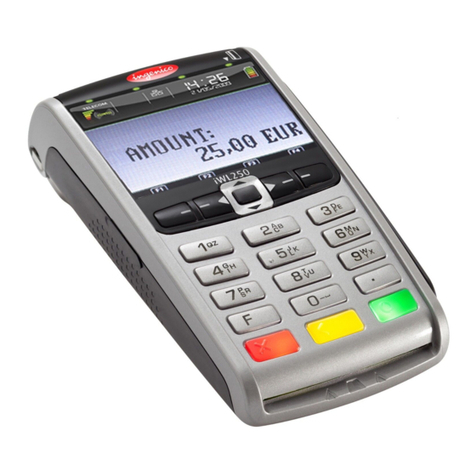
55
Receiving your money
At the end of each day you should do an ‘end-of-day banking
process’, as described on page 29. This will allow you to
confirm that all of the payments you’ve taken have been
submitted to us for settlement. The money will then be paid
into your chosen bank account according to the schedule
agreed when you signed up.
Need to know more?
For more information on this and other aspects of
taking payments, please make sure you read our procedure
guide, which you’ll find at barclaycard.co.uk/business/tips
Best practice
Battery maintenance
Your card machine handset contains a lithium ion battery that
requires you to place the handset on the base unit for recharging.
There’s no need to fully run down the battery in your card
machine, as the battery has been designed to recharge only as
much as it needs to. Recharging can take up to 16 hours.
Caring for your card machine
Please keep liquids away from your card machines and use
thermal wipes to care for them. These can be ordered by
contacting our preferred supplier, PDQ Consumables,
on 0844 822 2044*or at pdqconsumables.com
It’s important to keep your card machine connected
at all times (even at night)
That’s because we sometimes use these periods to update
important security changes. This will help keep your business
secure and make sure your terminal stays compliant. It also
means your card machines can continue to work and you’re
able to trade as normal – so it’s important you do this.
*Calls will cost no more than 7p per minute plus your phone company’s access
charge (current at August 2018). Calls may be monitored or recorded in order
to maintain high levels of security and quality of service.




























